Home / Albums / Technology / Transport / Water 158
I'm not sure why a bunch of pictures dont display in this album. I just found it 9th Feb 2024 - you can download them if you click the download button.
There is no real answer in the forums

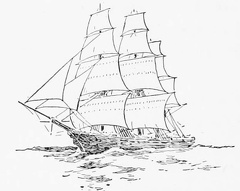 A sailing ship
A sailing ship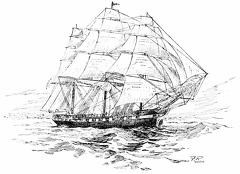 The American Frigate Constitution
The American Frigate Constitution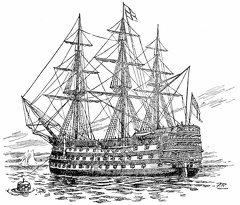 A British Line-of-Battle Ship, 1790
A British Line-of-Battle Ship, 1790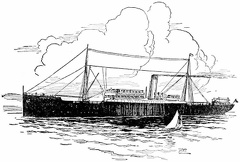 A Cargo Liner
A Cargo Liner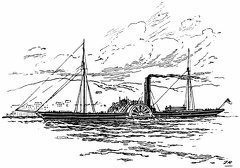 A European Side-wheeler
A European Side-wheeler A Few Types of Sailing Boats to Be Found Around the World
A Few Types of Sailing Boats to Be Found Around the World A Few Types of Sailing Ships Common in European and American Waters
A Few Types of Sailing Ships Common in European and American Waters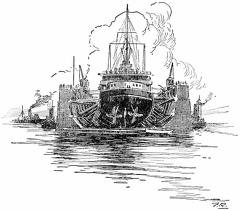 A Floating Dry Dock
A Floating Dry Dock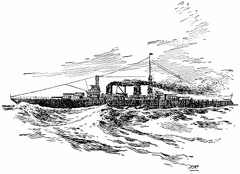 A Battle Cruiser
A Battle Cruiser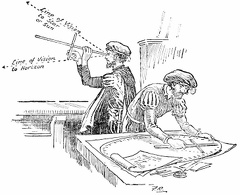 Using a Cross Staff
Using a Cross Staff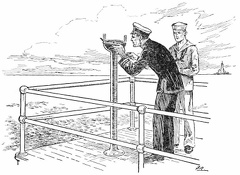 Using a Pelorus
Using a Pelorus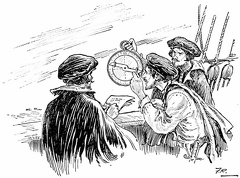 Using an Astrolabe
Using an Astrolabe The Savannah
The Savannah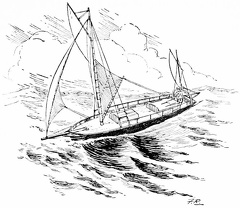 The Spray
The Spray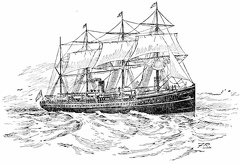 The Steamship Oceanic
The Steamship Oceanic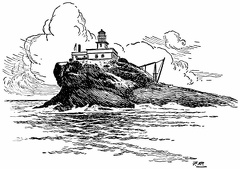 The Tillamook Rock Light Station
The Tillamook Rock Light Station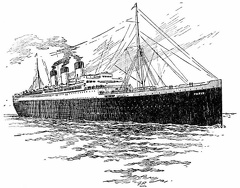 The Paris
The Paris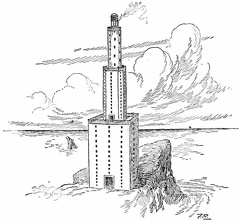 The Pharos at Alexandria
The Pharos at Alexandria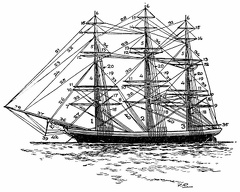 The Rigging of a Three-masted Ship
The Rigging of a Three-masted Ship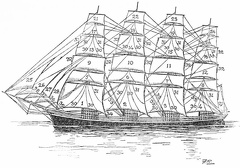 The Sails of a Four-masted Ship
The Sails of a Four-masted Ship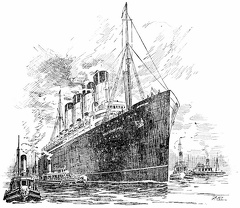 The Mauretania
The Mauretania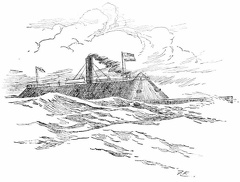 The Merrimac
The Merrimac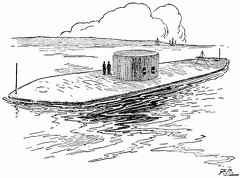 The Monitor
The Monitor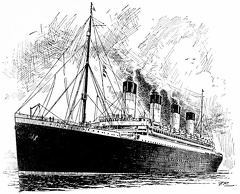 The Olympic
The Olympic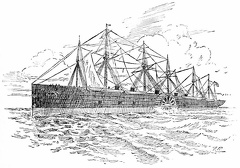 The Great Eastern
The Great Eastern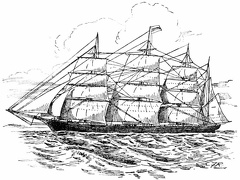 The Great Republic
The Great Republic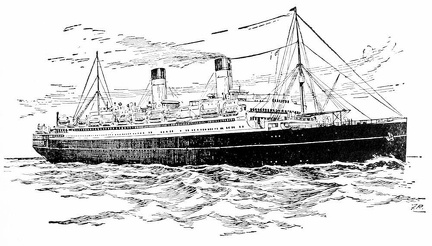 The Homeric
The Homeric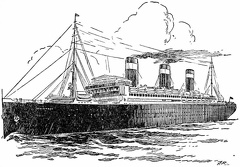 The Leviathan
The Leviathan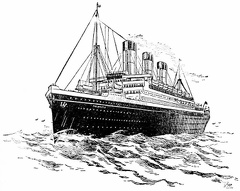 The Majestic
The Majestic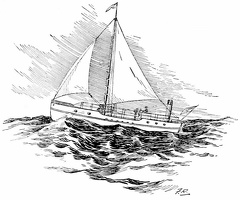 The Detroit
The Detroit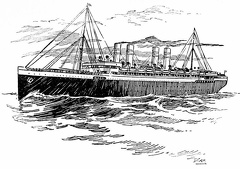 The Deutschland
The Deutschland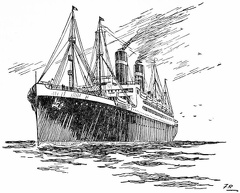 The George Washington
The George Washington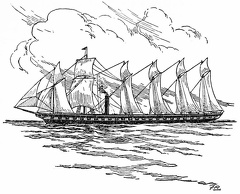 The Great Britain
The Great Britain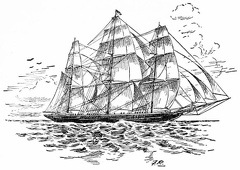 The Ariel, 1866
The Ariel, 1866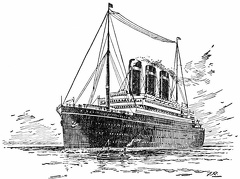 The Belgenland
The Belgenland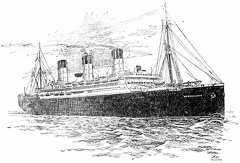 The Berengaria
The Berengaria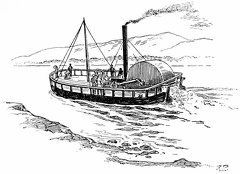 The Charlotte Dundas
The Charlotte Dundas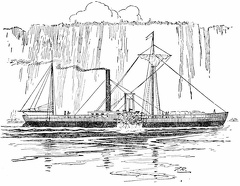 Robert Fulton’s Clermont
Robert Fulton’s Clermont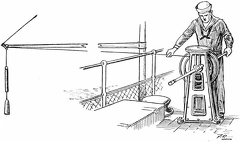 Sounding by Machine
Sounding by Machine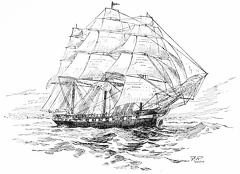 The American Frigate Constitution
The American Frigate Constitution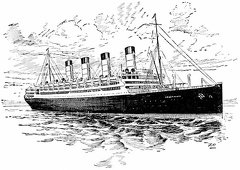 The Aquitania
The Aquitania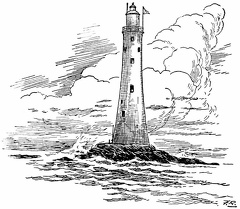 Bishop Rock Lighthouse
Bishop Rock Lighthouse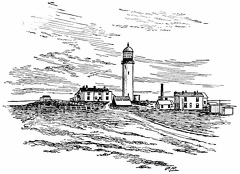 Cape Race Lighthouse
Cape Race Lighthouse Fire Island Lightship
Fire Island Lightship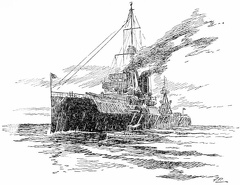 H. M. S. Dreadnaught
H. M. S. Dreadnaught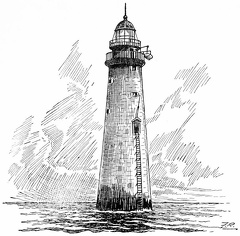 Minot’s Ledge Light
Minot’s Ledge Light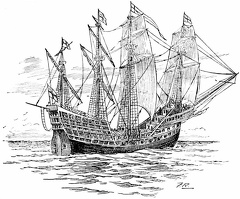 An English Warship of the Time of Henry V
An English Warship of the Time of Henry V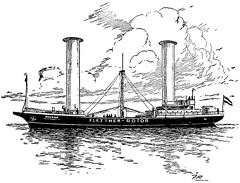 An Experiment of 1924
An Experiment of 1924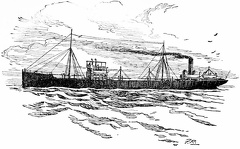 An Oil Tanker
An Oil Tanker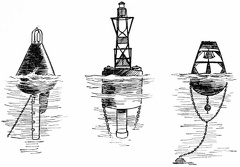 Automatic Buoys
Automatic Buoys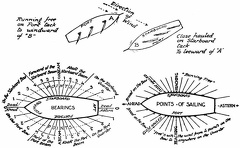 Bearings and Points of Sailing
Bearings and Points of Sailing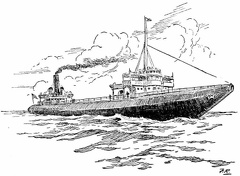 A Whaleback
A Whaleback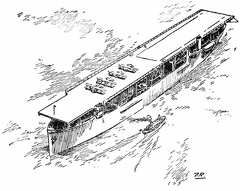 An Airplane View of the U. S. S. Langley
An Airplane View of the U. S. S. Langley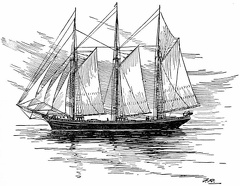 An American Coasting Schooner
An American Coasting Schooner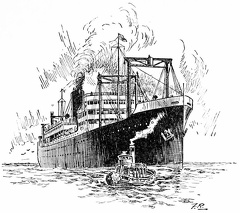 An American Intermediate Liner
An American Intermediate Liner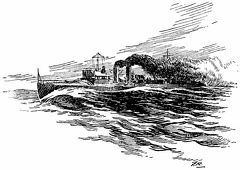 A Torpedo Boat
A Torpedo Boat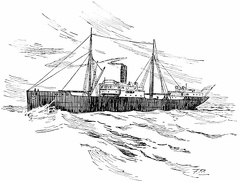 A Tramp Steamer
A Tramp Steamer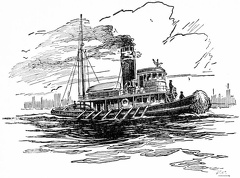 A Tug Boat
A Tug Boat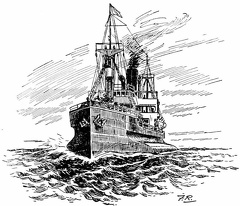 A Turret Steamer
A Turret Steamer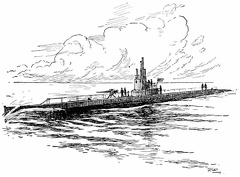 A Submarine
A Submarine



